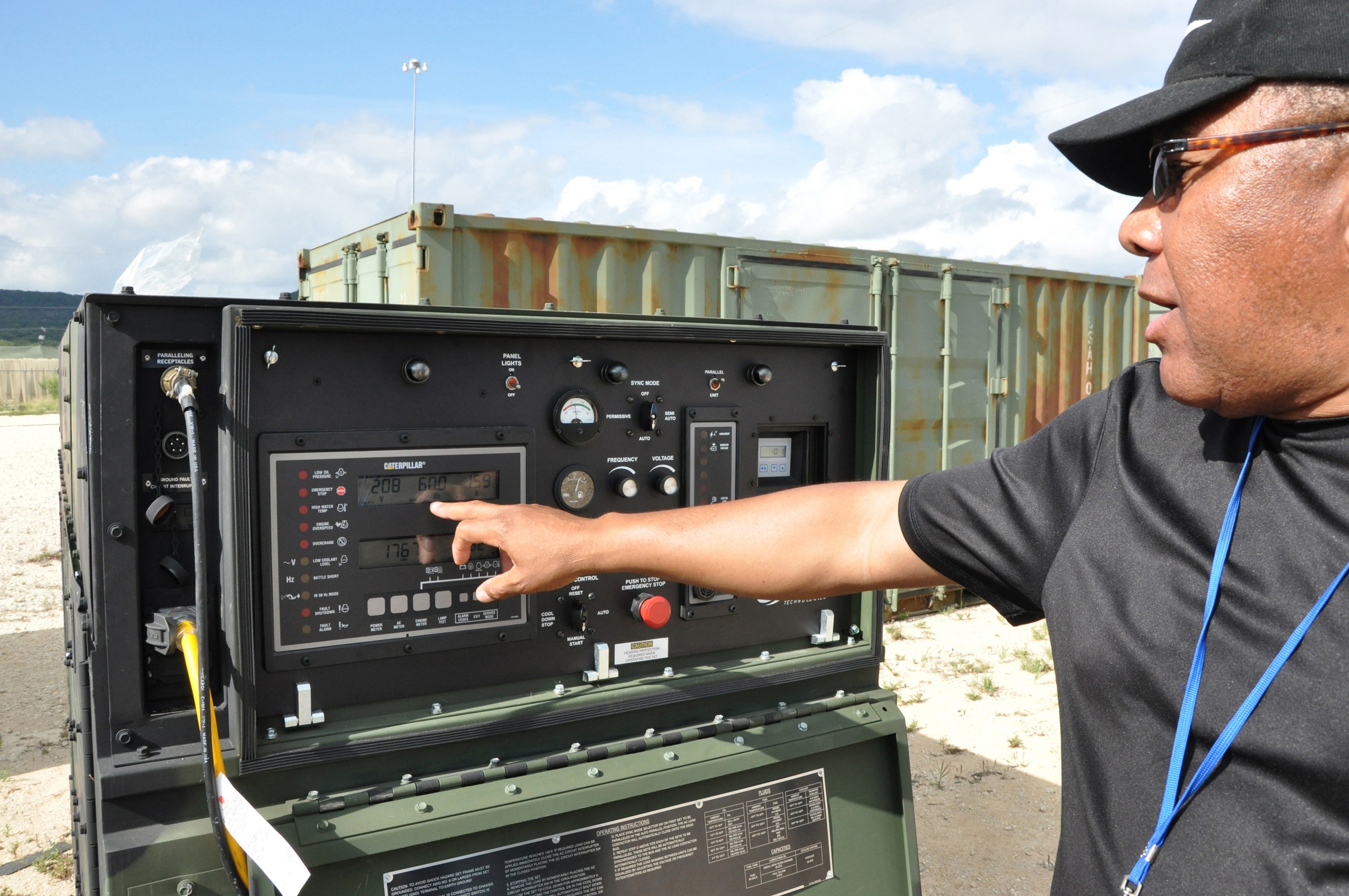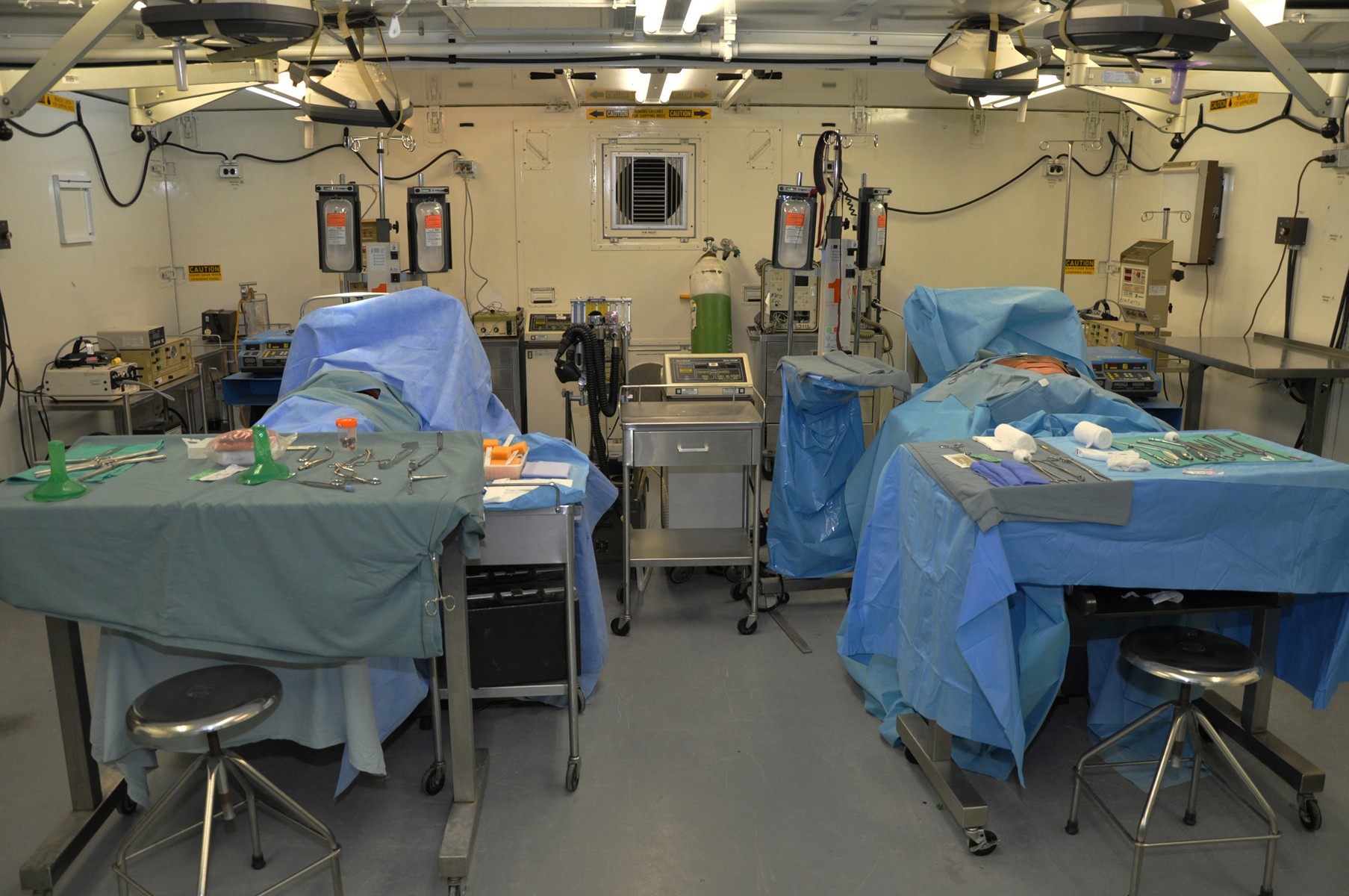FORT SAM HOUSTON, Texas -- Beyond the usual training Camp Bullis recently provided fertile grounds for usability assessments of Army medical materiel and supplies.
A team of engineers tested a next-generation digital generator and hybrid power distribution box under field conditions at one location, while a group of Soldiers participated in a study to determine if labeling on a topical decontamination product effectively communicated viability at another site, June 15.
Whether wounded in combat or suffering from a stuffy nose, Soldiers and the medical personnel who treat them depend on a bastion of supplies and materiel that must be effective and work properly according to U.S. Army specifications.
Ensuring Army medical gear and systems adhere to specifications; the U.S. Army Medical Department Board provides independent operational testing and evaluation at Camp Bullis, Fort Sam Houston and at other locations.
Comprised of Army officers, senior enlisted and higher-level federal civil service civilian members, the AMEDD Board regularly conducts analyses measuring effectiveness, cost, concepts of operations and overall risk assessment in support of the AMEDD materiel acquisition process, according to Board President Col. Matthew J. Schofield.
The AMEDD Board is not involved with inventing new solutions, developmental testing or revamping products or systems. Those processes are handled through other organizations such as the U.S. Army Medical Materiel Development Activity at Fort Detrick, Md., or the Operational Test Command at Fort Hood, Texas.
The board does "real world" testing answering questions like: Does the gear work in the environment it's designed for, while the hands of the Soldiers or persons supposed to be using it; and of course, does it work'
"When it comes to us, it's supposed to be ready to go to the Soldier," Schofield said.
Civilian board members are a combination of test officers, analysts, systems experts, and materiel and equipment specialists. Altogether the board constructs test plans, conducts testing, collects data, writes the test reports and provides feedback with each proposed materiel solution.
The enlisted members of the board, usually 68 Whiskeys with a variety of experience and deployments in their backgrounds, have the most interesting part of the job on the board he said.
"We're paying them for what's between their ears, not for how long they can go with a rucksack," Schofield joked, adding that they bring boots-on-the-ground experience.
"When they look at a product or at a system, they can tell us what's not going to work, where the problem areas will be or what we need to look at in order to make that determination to say whether or not it's effective, suitable and survivable."
The newly-installed 100 kilowatt Tactical Quiet Generator and distribution box supply electricity for Combat Support Hospitals, ensuring Army doctors, nurses and medics have the power they need down range.
"If we go anywhere in the world, this system will accommodate an atmosphere for a patient," explained James Shelton, originally an Army medic and currently an instructor with Deployable Medical Systems.
James said that the generator even operates with chemical, biological, radiological, and nuclear filtration.
Testing at Camp Bullis was a "proof of concept" evolution examining a hybrid distribution box that included both Army and Air Force materiel, as well as digital upgrades to the generator.
"We want to make sure the box is what the hospital system needs before it is issued to Soldiers," explained Michael Yauss, a research engineer.
Upgrades to the generator include an easily-accessible trouble shooting panel Soldiers use without taking the system offline.
"The new Tactical Quiet Generators are so nice. You can walk by and carry on a normal conversation. I was impressed," Schofield said, adding that the old ones would have 8-foot-high sandbag walls around them to keep the noise down.
The AMEDD Board's recommendations have influenced decisions outside the Army.
The board tested the Improved First-Aid Kit prior to its issue to every deployed and deploying Soldier via the Rapid Fielding Initiative, resulting in concurrent issue of the IFAK throughout the Navy and Marine Corps in 2005.
Examples of major projects slated for testing include the noise-immune stethoscope that employs ultrasound-imaging technology, allowing heart and lung sounds to be clearly detected above environmental noise; an upgraded online medical records information system; a software application that allows commanders to assure medical providers are properly credentialed; and an online medical materiel tracking system.




Social Sharing